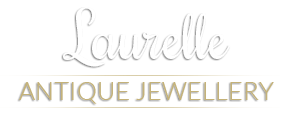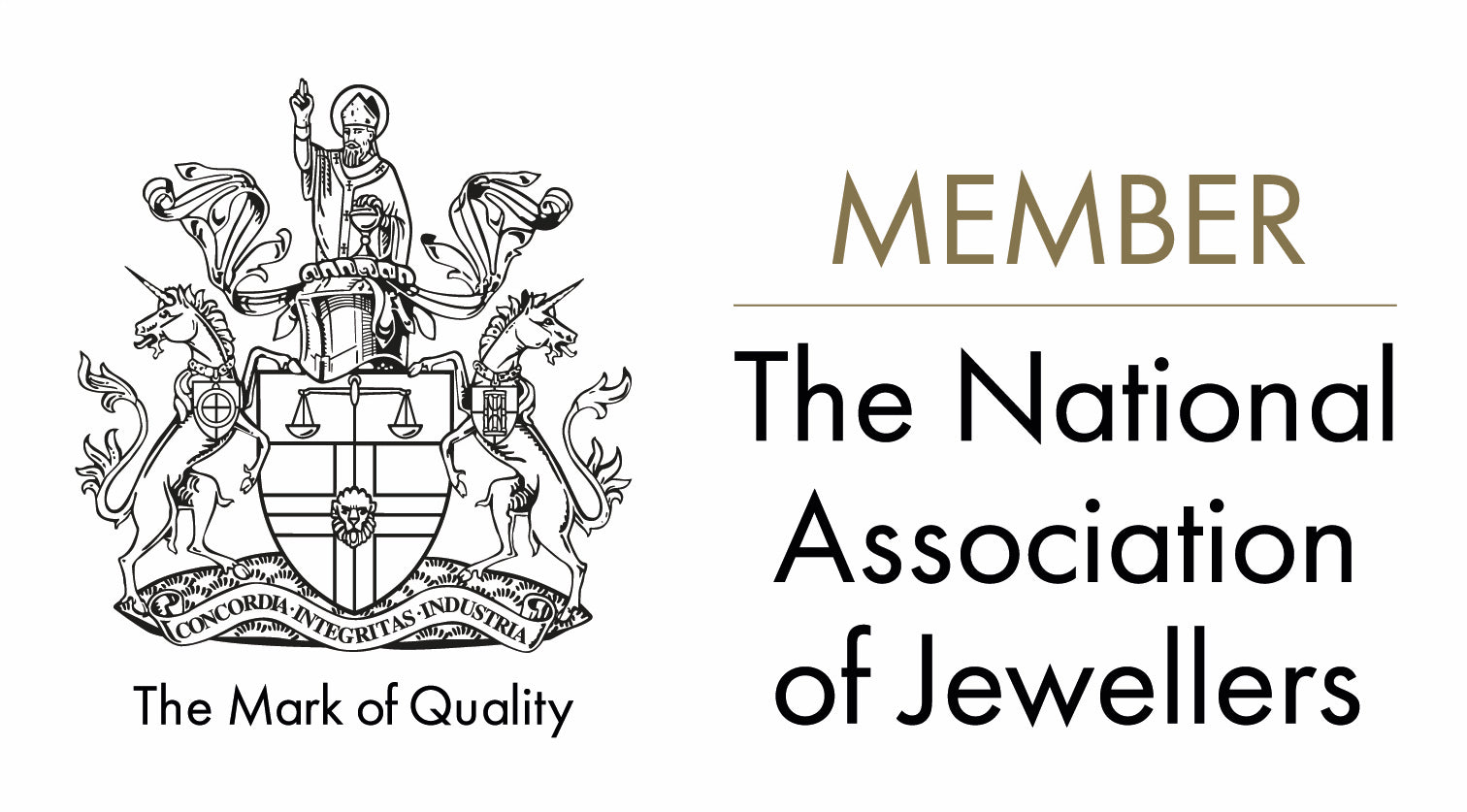Jewellery Through The Ages: 1714 - 1935
Here at Royal Antique Jewelry, we're proud to offer a stunning collection of antique jewelry which ranges from antique rings and antique necklaces through to antique brooches, antique bracelets and so much more. One of the most common questions which we're asked, however, is relating to the different periods covered under the 'antique' umbrella and, as such, we wanted to bring you our own mini-guide on jewellery through the ages, covering the periods from 1714 right the way through to 1935.
The Georgian Era (1714 - 1837)
The Georgian Era covered the reign of four Kings, George I, George II, George III, and George IV and covered a period of 123 years. Georgian jewellery is usually the rarest you'll find, given it's age and that some pieces could be anything up to 300 years old. The period spanned many fashions which are reflected in the jewellery from the period, however the majority of pieces from the era include high carat gold or silver as well as common stones from the time being diamonds, topaz and garnet.
The Victorian Era (1837 - 1900)
Following the Georgian Era came the Victorian Era, one which many of us are far more familiar with. Pieces from the Victorian era are far easier to find than Georgian pieces and you'll find Victorian jewellery from a time when the middle-class became more affluent and the demand for luxury items increased. Brooches, rings, pendants and cameos were common throughout the era and garnets, amethyst, turquoise, pearls, and diamonds all featured heavily.
The Edwardian Era (1901 - 1914)
Kind Edward VII of England followed Queen Victoria and, as such, this period is known as the Edwardian era, being the last to be named after a monarch. As well as being known as the Edwardian era, it is also sometimes referred to as the Belle poque era. Edward's Queen, Alexandra, was known in the period as a trendsetter who influenced the nation with her love of lace, silk and diamonds. As such, diamonds feature commonly throughout pieces from the period as well as pearls and platinum.
The Art Deco Era (1920 - 1935)
Following the Edwardian Era came the Art Deco period, emerging after World War 1 and coining its name from French architect Le Corbusier "who promoted the Exposition International des Arts Dcoratifs et Industriels Modernes in his journal with the title 1925 Expo: Arts Dco." Art Deco pieces are very streamlined and clean and make heavy use of emeralds, rubies, sapphires and diamonds. A new class of wealthy emerged following the war, specifically those who had profited from it and, as such, the money was there to purchase luxury pieces of jewellery.


